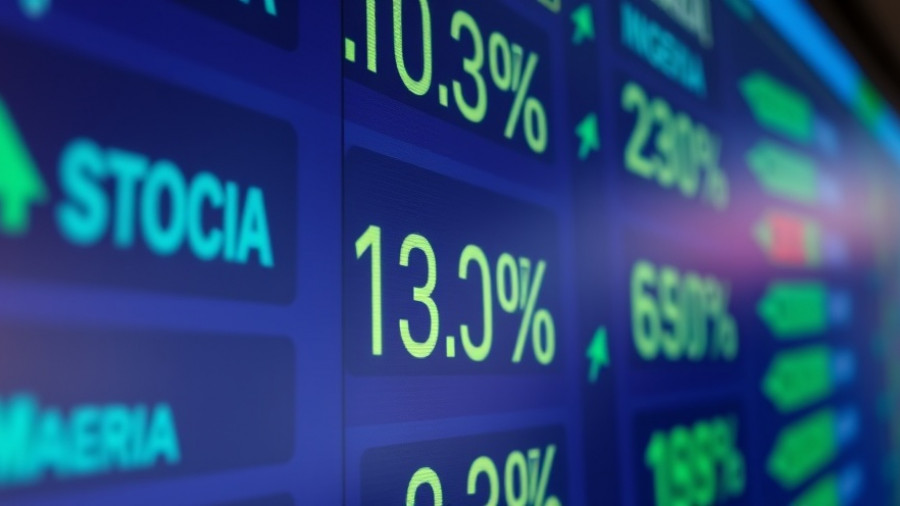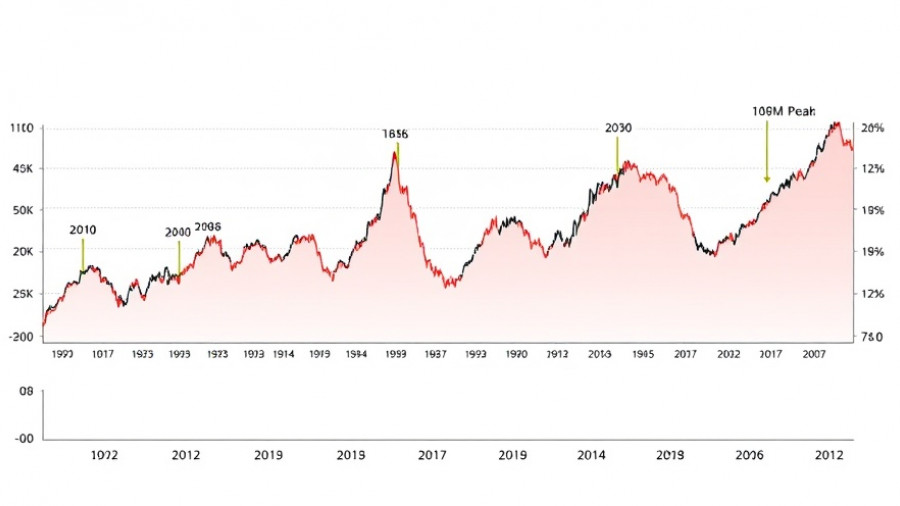
Gold: From Safe Haven to Volatility Magnet
Gold has undergone a striking transformation in 2025, evolving from a traditional safe haven asset into a volatile commodity that reflects broader market sentiments. After reaching an impressive peak of $4,300 an ounce, gold's sharp correction serves as a reminder that investor psychology can significantly influence even the most deceptively stable assets. As geopolitical tensions and economic uncertainties shape investor behavior, it's essential to analyze how gold has transitioned throughout this tumultuous year.
The Underlying Drivers: Why Invest in Gold?
The recent surge in gold prices can be attributed to numerous factors, including geopolitical tensions and the ongoing crisis in regions like Ukraine and Gaza, which have led many to view gold as a hedge against instability. Central banks’ unprecedented buying—over 1,000 tons annually—reinforces this demand. According to a World Gold Council survey, a staggering 95 percent of central banks expect to increase their gold holdings. Investors view these institutional moves not as fleeting trends but as a realignment of monetary strategies towards tangible assets, possibly signaling a shift in how global economies operate.
Gold's Market Dynamics: The Dance of Supply and Demand
Despite the spike in gold prices, the market is rife with uncertainties. ETF inflows, a key driver of gold's price dynamics, showcased record levels in September as investors reallocated into gold in anticipation of further instability. Yet, the same momentum can quickly turn sour, as seen when speculative positions took profits amidst the recent decline. This dual nature of liquidity reflects how broader economic narratives can sway investor sentiment, emphasizing that today's bullish trends can turn volatile tomorrow.
What Lies Ahead for Gold?
The questions of sustainability surrounding gold as a safe asset continue to loom. Although the factors triggering its rise—like central bank diversification and geopolitical unrest—are still present, the rapid price gains diverge from traditional fundamentals. Investors must now consider their strategy amidst potential volatility as markets recalibrate. As monetary policy and economic indicators fluctuate, understanding the political backdrop and institutional motivations behind gold purchases becomes ever more vital.
The dichotomy seen in gold markets exemplifies a greater narrative in financial investing. Understanding these dynamics, particularly through the lenses of geopolitical and economic variables, is essential for anyone looking to navigate these turbulent waters effectively.
 Add Row
Add Row  Add
Add 




Write A Comment